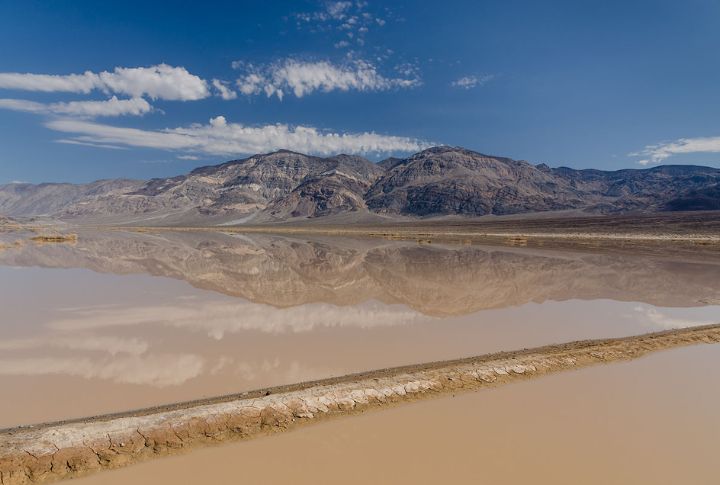
Death Valley is a land of superlatives, more dramatic than anywhere else. It’s where environments defy expectations, and history is etched into every dune and canyon. So sit up for a journey through ten incredible facts that make this desert icon unforgettable.
Largest National Park In The Contiguous United States
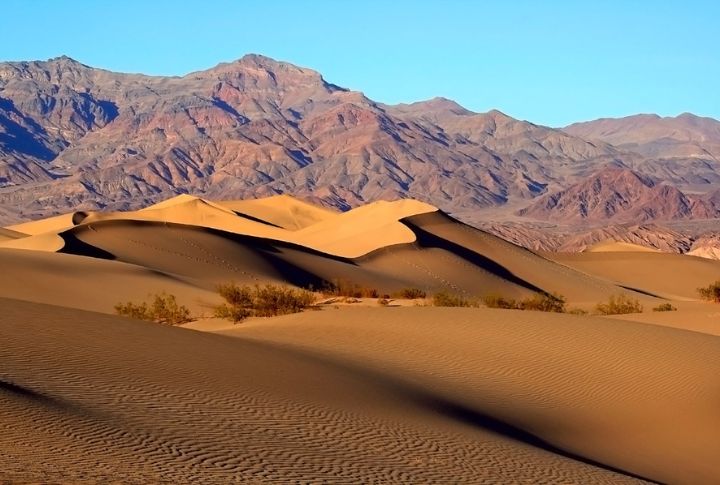
Sprawling across 3.4 million acres, this park dwarfs entire states, stretching from the blistering salt flats of California to the rugged peaks of Nevada. Wandering through its vastness feels like stepping into another world where towering dunes, volcanic craters, and canyons whisper stories of an ancient Earth.
Home To North America’s Lowest Point
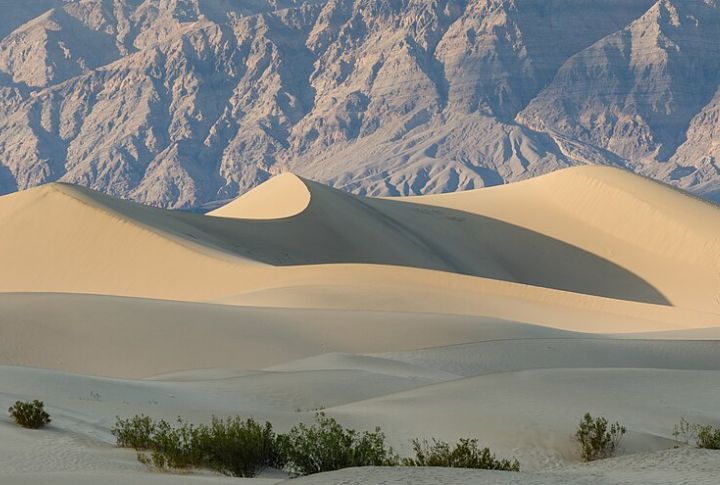
The national park doesn’t just break records; it creates dramatic contrasts. Badwater Bas, located 282 feet beneath sea level, is the lowest point in North America. Yet, just 85 miles away, Mount Whitney towers at 14,505 feet, forming one of the most extreme elevation shifts on the continent.
Record-Breaking Temperatures
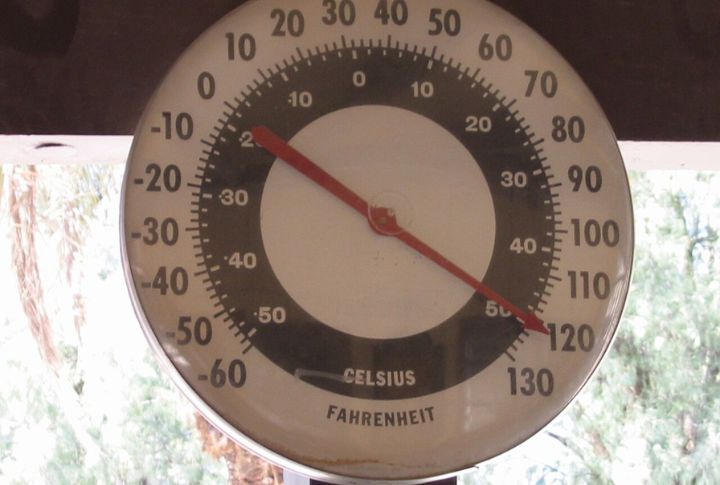
Heat reigns supreme in this park. In July 1913, at Furnace Creek, the air shimmered, and the mercury soared to 134°F (56.7°C)—the hottest temperature ever recorded on Earth. Even now, the summer sun shows no mercy, regularly pushing past 120°F and turning the desert into a scorching furnace.
NASA Uses The Park For Mars Research
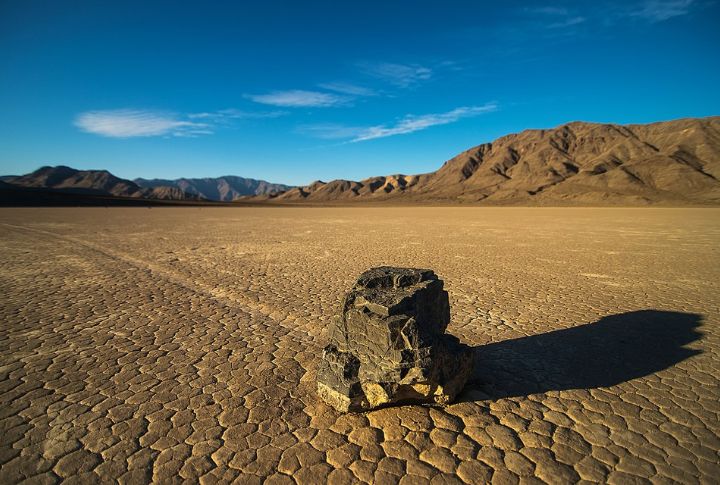
Mars and the park have more in common than you think. With its scorching heat, rocky terrain, and dry lake beds, this desert mirrors the conditions of the Red Planet. That’s why NASA scientists test their rovers here to ensure they can explore unforgiving environments before heading to Mars.
A Land Of Geological Wonders
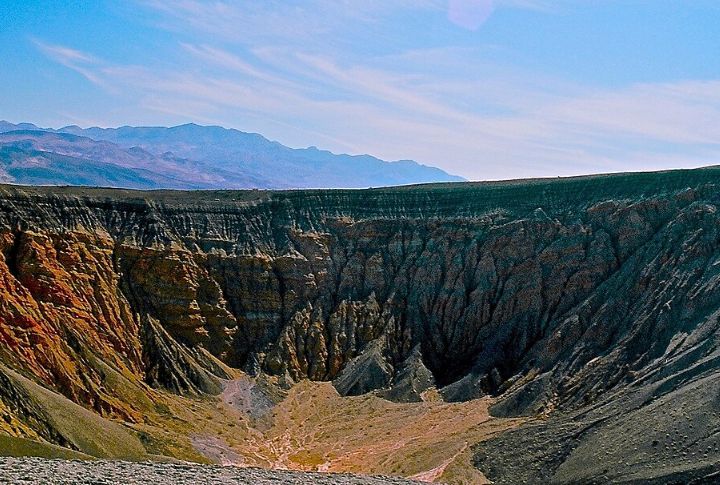
Volcanic craters and jagged canyons tell a geological story millions of years in the making. The park has one of the most dramatic sights, the Ubehebe Crater, a 600-foot-deep volcanic depression that formed when rising magma met underground water, triggering a massive steam and gas explosion. The result? A gaping hole in the desert.
Unique And Resilient Wildlife
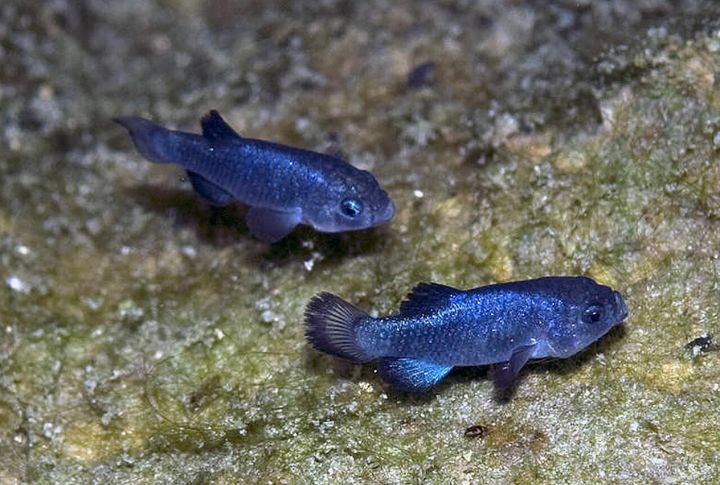
Survival is an art form in this park, and every creature here has mastered it, from rugged bighorn sheep scaling rocky cliffs to desert tortoises conserving water like experts. But perhaps the most astonishing survivor is the Devil’s Hole pupfish, a tiny, iridescent bluefish adapted to water temperatures exceeding 90°F.
Stunning Spring Wildflower Blooms

Rainfall is rare, but something magical happens when the desert gets the right mix of moisture and warmth. A superbloom erupts across the valley, carpeting the usually barren terrain in riot colors. Golden poppies and pink sand verbena blanket the ground to create a scene that looks almost surreal.
Mysterious Sailing Stones

Rocks don’t usually move on their own, except at Racetrack Playa. Visitors were baffled by these massive stones gliding across the dry lakebed for years, leaving behind winding trails. With no footprints in sight, the phenomenon sparked wild theories. Scientists later discovered the cause: thin ice sheets, melting sunlight, and strong winds working together to move the stones.
Rich Mining History
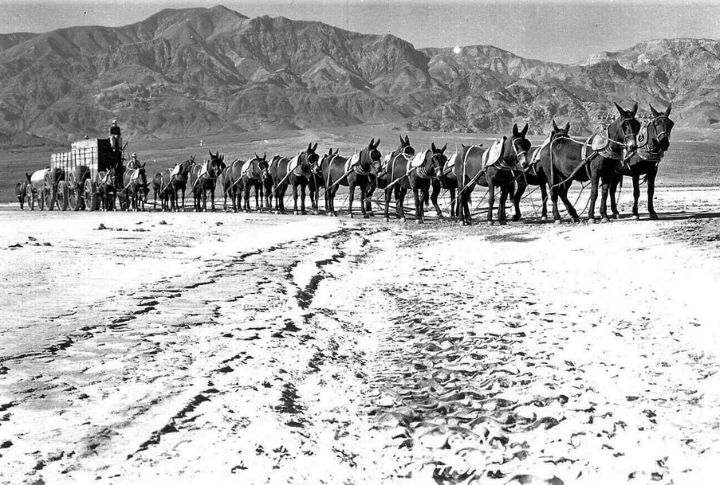
Gold and borax lured fortune seekers into Death Valley’s unforgiving heat who hoped for riches but often found ruin. In the late 1800s, 20-mule teams hauled borax across the desert, a grueling task now legendary. Today, ghost towns like Rhyolite and Panamint City stand as remnants of those ambitious dreams.
Cultural Significance And Indigenous Heritage
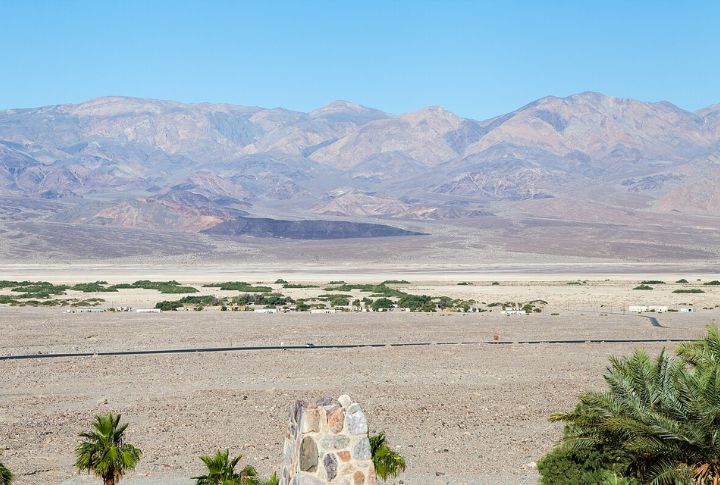
Did you know the Timbisha Shoshone Tribe has called the park home for at least 1,000 years? Long before miners and explorers arrived, they adapted to the harsh weather by building shelters near water sources and harvesting native plants. Their name for the valley, Tumpisa, means “rock paint,” referring to the red ochre found in the region.

